- Artificial intelligence (AI) in dermatology currently refers in practice essentially to a very high statistical computing tool. (Little AI)
- With the advent of high processing power and storage capacity it has progressively been possible to achieve this. Since computing began Moore’s law has been correct and doubling has been observed every 18 months.
- Artificial intelligence can be classified into strong and weak AI. Currently, the later is applicable and it can be compared to statistical tools which aid the clinician, although these are hardly seen outside of the research environment. Many studies are being done in lesion classification, particularly pigmented lesions as well as dermatopathology.
- More appropriately, Augmented Intelligence (AuI) seems more appropriate, as it carries a collaborative sense between man and machine rather than a competing unhealthy dichotomy.
- There are different techniques and for dermatology, we will focus a subset called machine learning*: it uses artificial neural networks ANNs (more precisely convolutional neural networks CNNs) to develop algorithms which learn from experience. The name of the game is to simulate what happens in interneurons so it is also called a parallel distribution processing (PDP), parallelism on a massive scale. It is also know in previous works as perceptrons.







